Kimberly-Clark Eyes 1 MSF Ohio Factory
The development is part of a $2 billion investment plan.
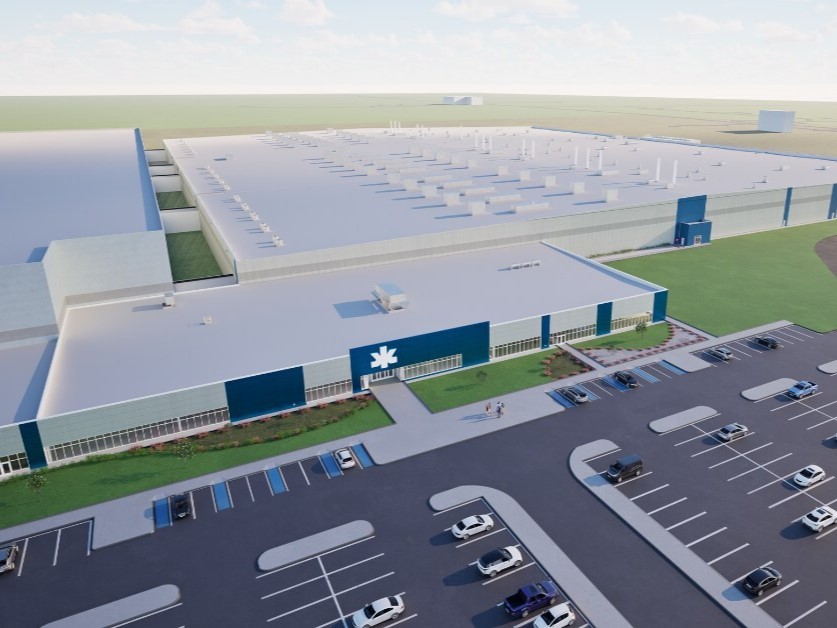
Kimberly-Clark Corp. intends to invest $2 billion in two major facilities in the U.S. over the next five years, including a new advanced manufacturing facility in Warren, Ohio. Plans also call for the expansion of an automated distribution center in Beech Island, S.C.
The Warren facility will total more than 1 million square feet and be completed in two or three years. It will be Kimberly-Clark’s first in the state and its 17th in the U.S., creating roughly 500 jobs.
The firm signed off on the Warren development not long after the Ohio Tax Credit Authority approved a 10-year Job Creation Tax Credit as an incentive. The development is also receiving support from the All Ohio Future Fund, with a total of $17.2 million awarded to the Western Reserve Port Authority for roads and other infrastructure.
READ ALSO: Tariffs Fuel Uncertainty Within Industrial Sector
In South Carolina, the distribution center will create infrastructure to support future growth, according to Kimberly-Clark. The facility will be adjacent to the company’s largest manufacturing facility, and will streamline its distribution footprint. Tech at the distribution center will include advanced robotics, AI-powered logistics systems, and high-density automated storage.
The investments are part of the company’s plan for capital expenditures for upgrades to its North American supply chain network. That effort was underway before recent tariff shocks, but like with many multinational U.S. companies, the plans now have added urgency.
“The problem with the sourcing is, it takes longer because we don’t have everything where we need exactly where we need it now,” Kimberly-Clark CEO Mike Hsu said during the company’s most recent earnings call in April.
“And so that’s why there’s a hit to this year, which we think we will mitigate into next year or the year after… but that they take some time to manifest,” Hsu said.
Future of U.S. reshoring uncertain
Reshoring initiatives kicked into high gear with the international supply chain disruptions associated with the pandemic, beginning in 2020, including rising investment in construction spending for new manufacturing facilities. Companies began looking to domestic sources of manufactured goods to replace those from more distant, and uncertain, locations.
As recently as April 2020, spending on manufacturing facilities came in at an annualized rate of $74.2 billion, according to Census Bureau data. By the beginning of 2025, the annualized rate of construction spending on manufacturing facilities had swelled to more than $234 billion.
Whether the reshoring momentum will continue, however, is uncertain. According to global management consulting firm Kearney, imports from 14 Asian low-cost countries and regions grew faster than U.S. domestic manufacturing gross output—leading the firm’s Reshoring Index to decline by a whopping 311 basis points in 2024, following two years of growth in 2022 and ’23.
That is, last year goods from the 14 Asian nations were still competitive with U.S.-made goods. This shift reflects the longer-than-expected lag between investment announcements and operational capacity coming online in U.S. manufacturing, Kearney explains. But looking ahead, all bets are off when it comes to international trade.
“Between tariffs, exceptions to tariffs, trade conflicts, new deals, and market speculation, it’s tough to really understand what’s actually going on with global industrial supply chains, let alone predict the future,” the report says.

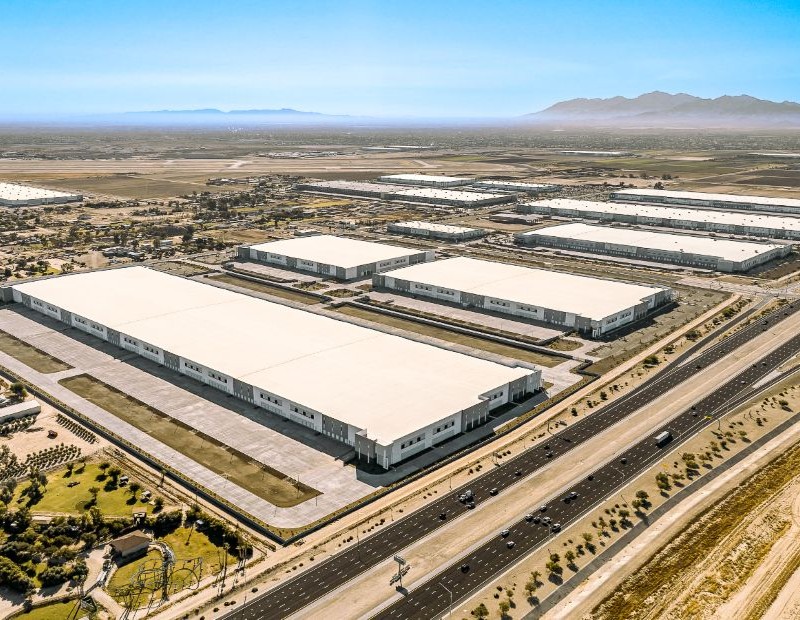

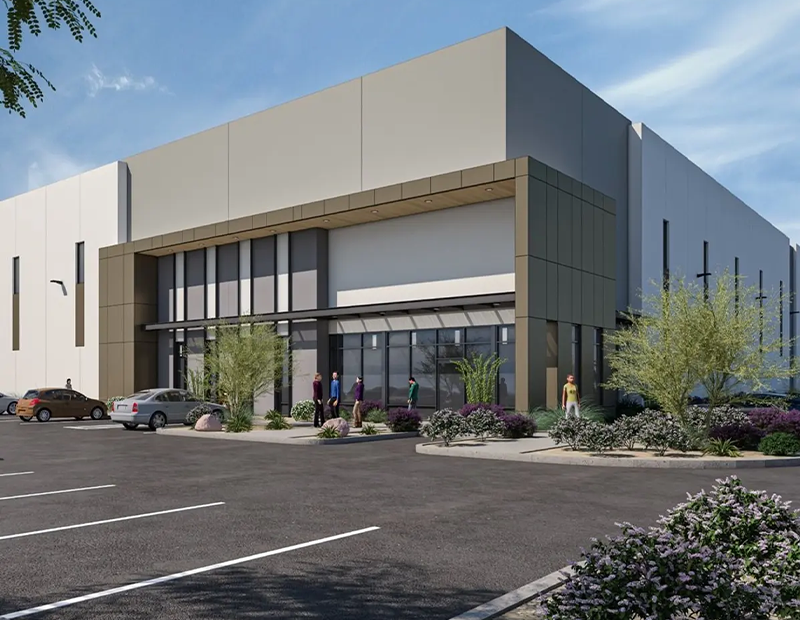
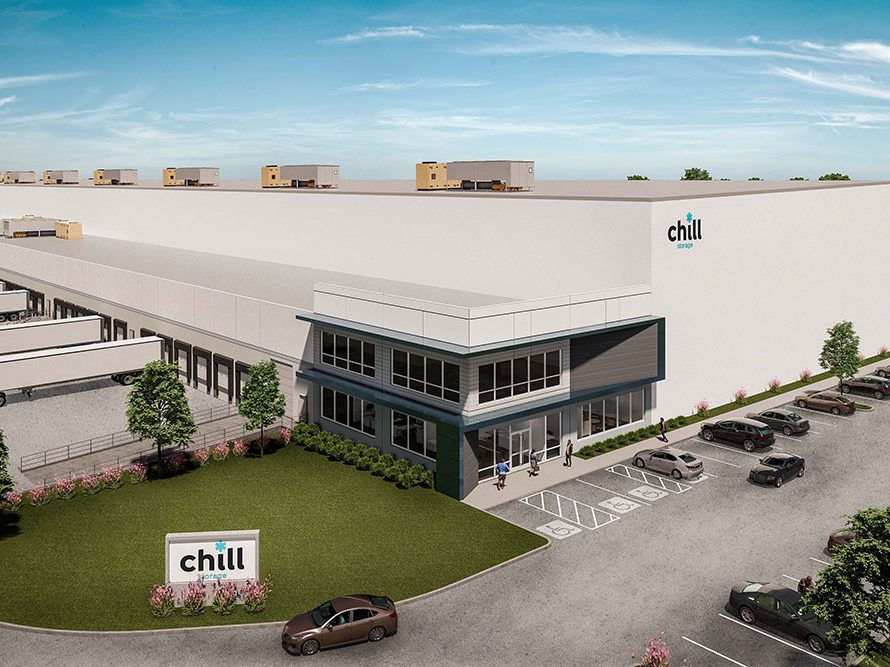

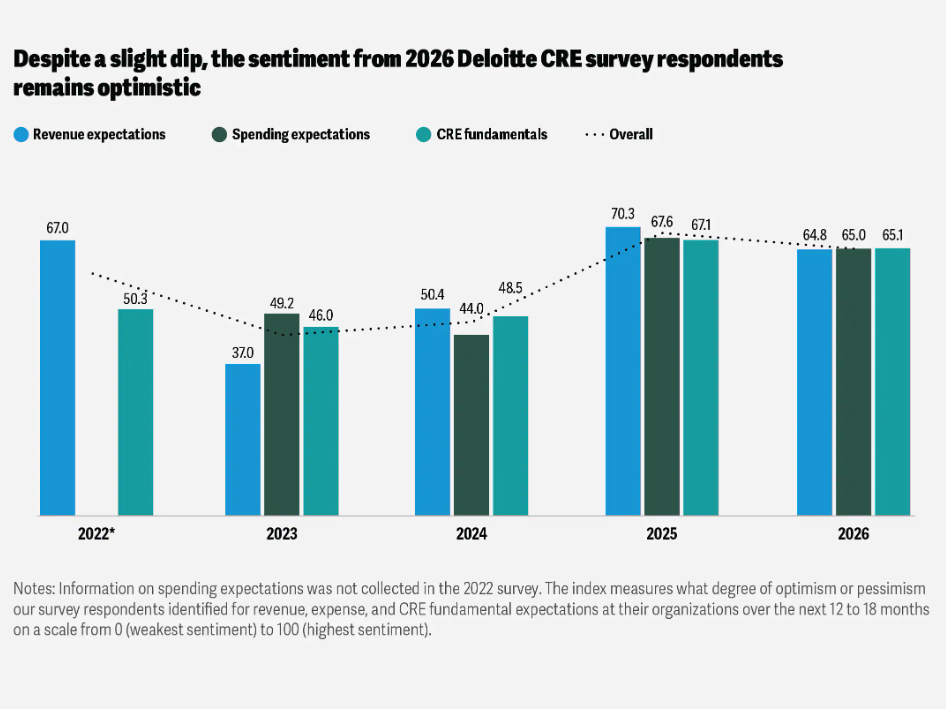
You must be logged in to post a comment.